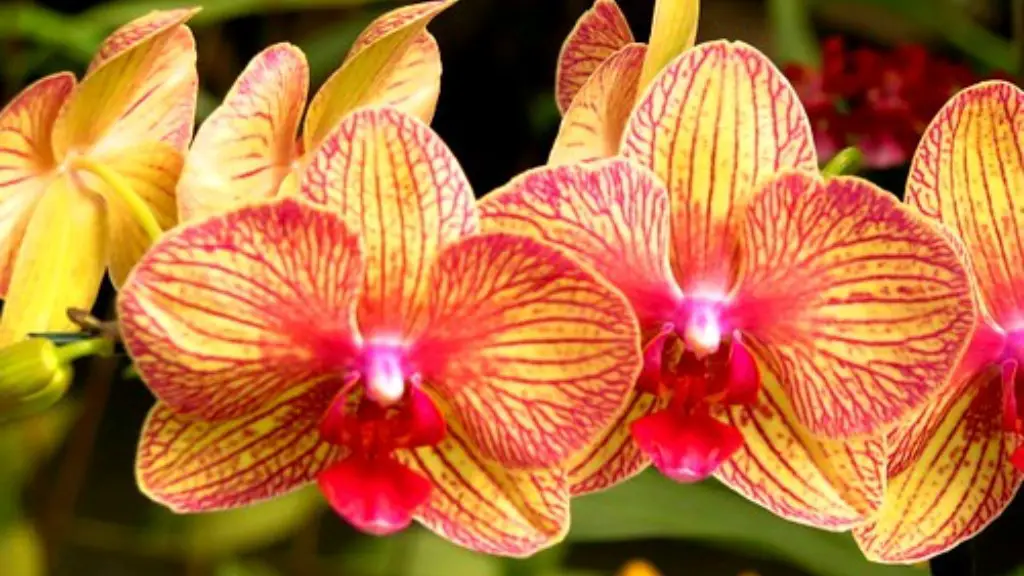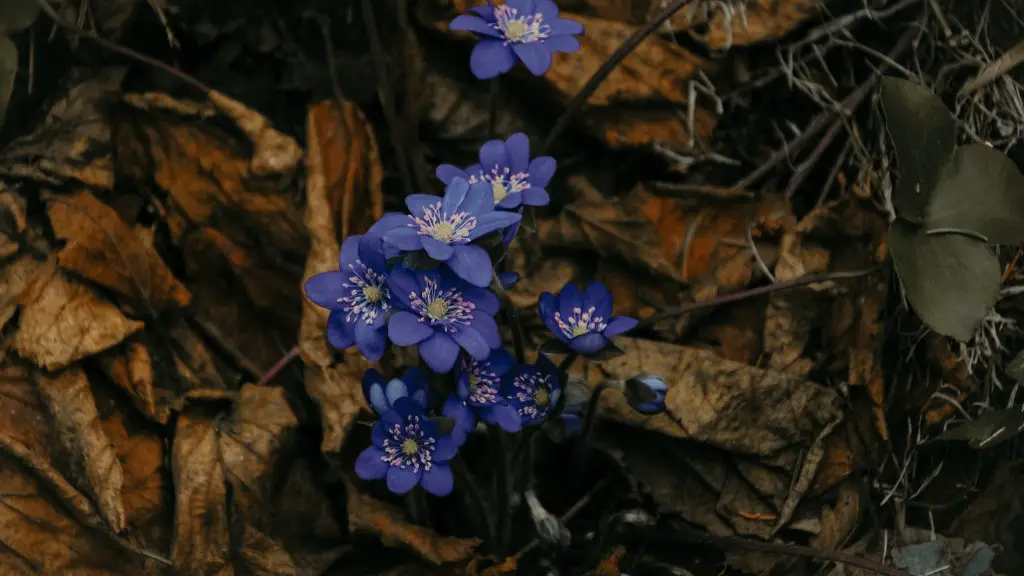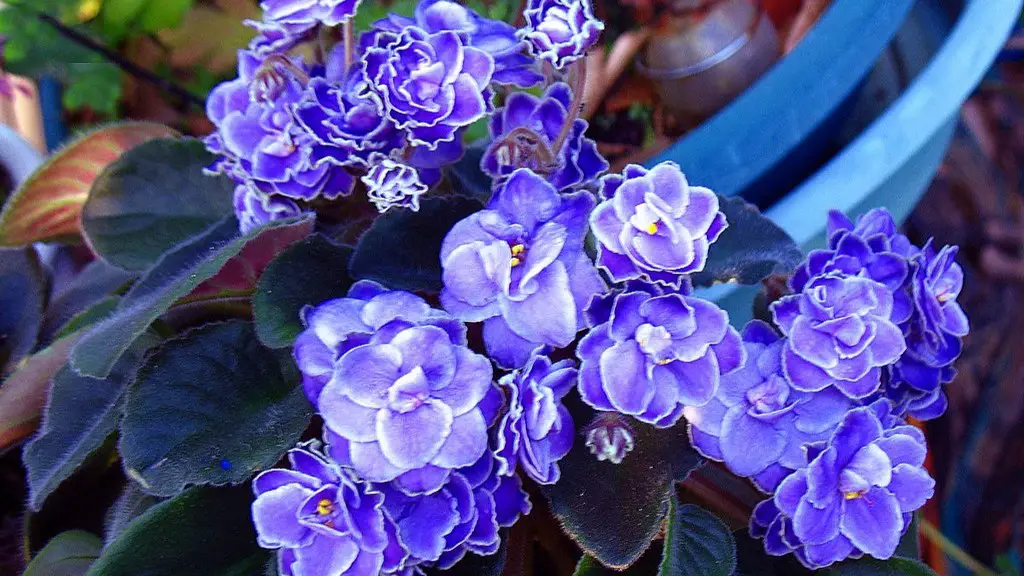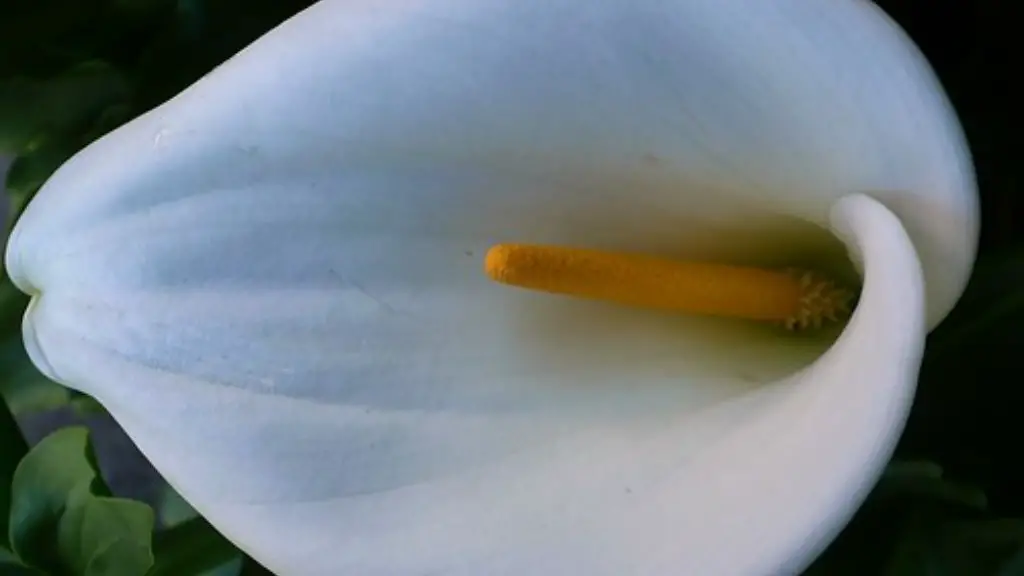Phalaenopsis orchids are one of the most popular houseplants because they are relatively easy to care for. However, they do have some specific needs that must be met in order to keep them healthy. Here are some tips on how to take care of your phalaenopsis orchid:
-They prefer a bright, indirect light. Too much direct sun will scorch the leaves, but too little light will cause the plant to become leggy and produce fewer flowers.
-They like to be kept moist, but not wet. Water the plant when the top inch or so of soil is dry. Be sure to empty any water that collects in the saucer under the pot.
-They need a well-drained potting mix that contains some organic matter. You can use a commercial orchid mix, or you can make your own by mixing equal parts coarse sand, peat moss, and perlite.
-They should be fertilized every other week during the growing season (spring and summer) with a half-strength fertilizer formulated for orchids.
By following these simple tips, you can keep your phalaenopsis orchid healthy and blooming for many years to come.
To water your orchid, use lukewarm water and pour it directly onto the soil, being careful not to get any water on the leaves. Allow the pot to drain thoroughly and then empty any water that collected in the saucer. Once a week, water your orchid and then mist it lightly with water. Orchids like to be humid, so you can also put the pot on a pebble tray filled with water. Be sure to change the water often so it doesn’t get stagnant. Fertilize your orchid every two weeks with a balanced fertilizer or a fertilizer specific for orchids.
How do I get my Phalaenopsis orchid to bloom again?
It is important to provide your orchid with enough light if you want it to rebloom. Place your orchid in an area that receives bright, indirect sunlight. The more light your orchid receives, the longer its blooms will last and the greater its chances of reblooming.
If you want to keep your orchid healthy, it’s best to remove the flower spike entirely after the flowers have fallen off. This will prevent the stem from turning brown or yellow.
How often should I water my Phalaenopsis orchid
If you have a potted phal, water it once a week if it is in bark. If it is in moss, water it when the top feels dry. The amount of light and heat your plant receives will also affect how often it needs watering. In the summer months, it will need more frequent watering, and in the winter, it will need less.
Tropical plants, like Orchids, prefer warm temperatures between 60 and 80 degrees Fahrenheit. They also prefer humid conditions, so avoid drafts, cold spaces, and rooms with sudden temperature drops. Hot air vents can also be harmful to Orchids, so it’s best to keep them away from them. They will flourish in air that is 50 percent humidity or above, and can do well in moist places such as by a kitchen window.
What triggers flowering in Phalaenopsis?
Most phalaenopsis species are native to areas close to the Equator and do not need a specific photoperiod to induce flowering. Instead, it is the low temperature that triggers phalaenopsis to start the flowering process.
Orchids love humid conditions because they’re a tropical plant. The easiest way to recreate their humid home is by misting them with a spray bottle.
What does an orchid look like when it needs to be repotted?
If your Orchid is pushing the plant up above the rim of the pot or reaching out into the air, it is time to re-pot.
It’s that time of year again when the Phalaenopsis orchids in our collection start to go out of bloom. This usually happens in late June or early July, and while it’s sad to see the blooms go, it’s also the ideal time to repot the plants.
If you have a Phalaenopsis orchid that’s in need of a repot, now is the perfect time to do it. Just be sure to use a well-draining pots and potting mix, and water regularly (but not too much!) to keep your orchid happy and healthy.
When an orchid stem dies will a new one grow
Orchids are some of the most beautiful flowers in the world. They come in a wide variety of colors, shapes, and sizes. Many people think that orchids are difficult to grow, but with a little bit of care, they can be easy to grow and maintain. One of the best things about orchids is that they can be propagated from stem cuttings or by dividing their rhizomes. This means that you can create new plants from your existing ones. If you want to propagate your orchids, here are a few tips to help you get started.
1. When propagating from stem cuttings, it’s important to choose a healthy, disease-free stem. Cut the stem at a 45-degree angle, just below a node.
2. Before planting the cutting, dip it in rooting hormone to encourage root growth.
3. Plant the cutting in a well-draining potting mix. Water it regularly, but be sure not to overwater it.
4. Once the cutting has rooted and started to grow, you can transplant it into a pot of its own.
5. When dividing orchids, it’s important to choose a healthy plant.
Orchids need high humidity to thrive, and one simple way to provide that is to set the plant on top of a tray of pebbles and water. As the water evaporates, it will raise the humidity around the plant. Just be sure that the bottom of the pot is not sitting in the water, as this can lead to problems with rot.
Can I water my orchid with tap water?
When watering an orchid plant, softened water should not be used. Softened water contains salts that may damage the plant. Most chlorinated tap water can be used as long as the chlorine isn’t excessive; however, watering orchids with collected rain or distilled water from the store is best.
To ensure your orchid is getting the right amount of water, check the leaves – they should be shiny and firm. Also, take a look at the roots – they should be green and firm. If the roots are dark and dry, your orchid is probably not getting enough water. On the other hand, if the roots are yellow, brown or hollow/flat, it’s likely that you’re giving your orchid too much water.
Where is the best place to keep an orchid indoors
Orchids need bright, but indirect light to grow well. The ideal spot for growing orchids is either a south or east-facing window. West windows are usually too hot while northern windows are too dark. If you can’t find a good location to grow your orchids, placing them under artificial lights is the last resort.
To water your orchid, soak the plant in a bowl of water once every week or two. Allow the plant to sit in the water for a few hours so the roots can absorb the water. Be sure to empty the bowl after the plant has finished soaking.
How do I get my orchid to flower again?
If you want your orchid to bloom again, follow these simple steps. Continue to water your orchid with 3 ice cubes once a week. Fertilize your orchid once or twice a month using a balanced houseplant fertilizer at half strength. Help your orchids grow by providing plenty of indirect sunlight. Put your orchid in a cooler spot at night. By following these tips, you should see your orchid blooming again in no time!
Coffee grounds are an excellent fertilizer, especially for orchids and African violets. They help to aerate the soil and improve drainage, while also providing essential nutrients that these plants need to thrive. Make sure to water your plants thoroughly before applying coffee grounds, as they can burn the roots if they are completely dry.
How many times a year do Phalaenopsis bloom
If you have a phalaenopsis orchid, you can expect the flowers to bloom for several months. During this time, the plant can be pollinated again. It typically takes 9 to 14 months for an orchid to complete a life cycle. If the plant does not die, it can typically re-bloom once every 8 to 12 months.
The microclimate of higher humidity helps prevent heat stress and aids stressed plants in recovering. Heat stress can cause a plant to wilt, become yellow, and produce less fruit. To prevent heat stress, it is important to keep the plant’s leaves moist and provide shade during the hottest hours of the day. Fans and air conditioners can also help regulate the temperature and humidity around the plant. If a plant is already showing signs of heat stress, misting the leaves with cool water can help the plant recover.
Conclusion
In order to take care of your Phalaenopsis orchid, you will need to water it once a week, fertilize it monthly, and provide it with bright, indirect light. Additionally, it is important to ensure that the pot has proper drainage, as this plant is susceptible to root rot.
Overall, taking care of your Phalaenopsis orchid is not difficult. By following the simple tips outlined in this article, you can ensure that your plant remains healthy and blooms for years to come.





